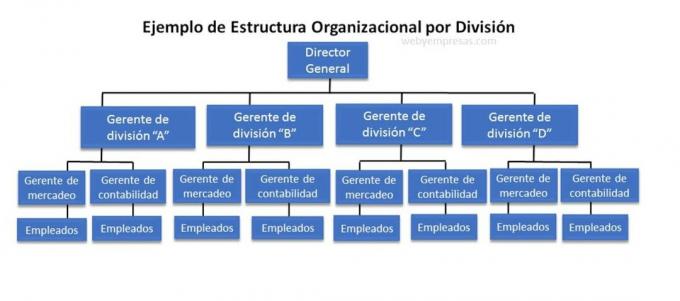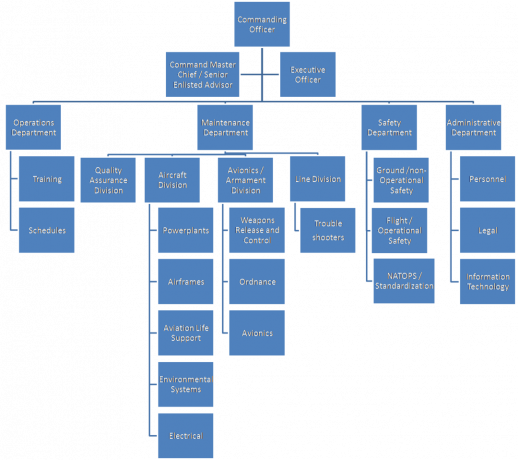The Verbal communication it is the use of sounds and words to express oneself, especially, in contrast to the use of gestures and signs. The verbal element of communication is all the words you choose and how they are received and understood by others.
Verbal communication includes both spoken as written, although many people refer to this type of communication associating it only with the spoken one. Effective speaking and listening involves three main areas: the words you choose, how you say them, and how you reinforce them with non-verbal communication.
Advertisements

It is important to remember that effective verbal communication cannot occur in isolation or separately from non-verbal communication. For example, body language, tone of voice and facial expression, among others, always influence when we communicate. In this type of communication, the message is verbalized because the words are used either orally or in writing.
Advertisements
In this article you will find:
Elements of Verbal Communication
Verbal communication is a dynamic and contextual process in which various vital actors participate so that what you want to transmit arrives effectively. Information is shared between two or more people who are able to exchange meanings and perceptions and in turn share it with others. The elements are as follows:
- Sender (encoder): is the one who originates and produces the message to be transmitted.
- Receiver (decoder): is the one that receives the message.
- Message: it is what you want to transmit.
- Context: it has to do with the referents and previous knowledge shared by the sender and the receiver.
- Channel: is the medium through which the message is transmitted, that is, the connection between the sender and the receiver.
- Code: refers to the system of signs or symbols used to structure the message.
- Communicative competence: it is the ability to understand and produce coherent messages. For this, you need two essential skills: linguistic competence and cultural competence.
Basic aspects for effective Verbal Communication.
As mentioned previously, verbal communication is the interaction between two or more people, either oral or written form that is fundamental in any human relationship and, therefore, is always present in life daily. The basic aspects to consider are mentioned below.
Advertisements
- Approach: define the timing and timing of communication. It has to do with the choice of medium, tone and point of view. Also with the recognition of the audience, the direct versus the indirect presentation, with persuasion strategies and rhetorical resources.
- Development: organization, evidence and support and knowledge of the topic and material and the quality of perception and analysis.
- Clarity: presentation of the central argument and review of the coherence and progression of the topic. Delineate the topic, the technical language and jargon, and the structure of the presentation.
- Style: choice of words, precision and specificity of language, details, abstract or concrete language, tone of active voice versus passive voice.
- Accuracy / Precision: spelling rules, grammar, punctuation, use of language, appropriate cultural and social use.
Importance of verbal communication.
Excellent verbal communication is key to maintain successful relationships in workgroups and this increases productivity, reduces errors and operations are more fluid. Good preparation of employees in verbal communication skills promotes and fosters excellent relationships within the organization and with others.
Advertisements
Good verbal communication helps reduce barriers caused by language and cultural differences. Many multinational companies schedule trainings to instill in their employees skills for effective communication as this brings benefits, even in the long term.
The way employees communicate with each other in an organization, portrays the image of that and that image can be the first or the last impression. Effective verbal communication between the employer and the employees also increases the level of satisfaction.
Advertisements
An excellent command of verbal communication increases people's ability to share ideas, thoughts, and concerns with one another. By receiving correct and up-to-date information from your superiors, you increase your confidence and productivity.
Conclution
It is important that you remember that verbal communication is when two or more people interact and share information using the word and which, the Most of the time, it is accompanied by "non-verbal" communication that can serve to reinforce the message and thus give a clearer idea of what is wanted. tell. However, sometimes these two types of communication can contradict each other while transmitting that message.
Another important aspect to keep in mind is that when you are able to communicate verbally it allows you to express your ideas and opinions vocally, speaking to other audiences, negotiating, giving lots of information and, most importantly, influencing the people.


